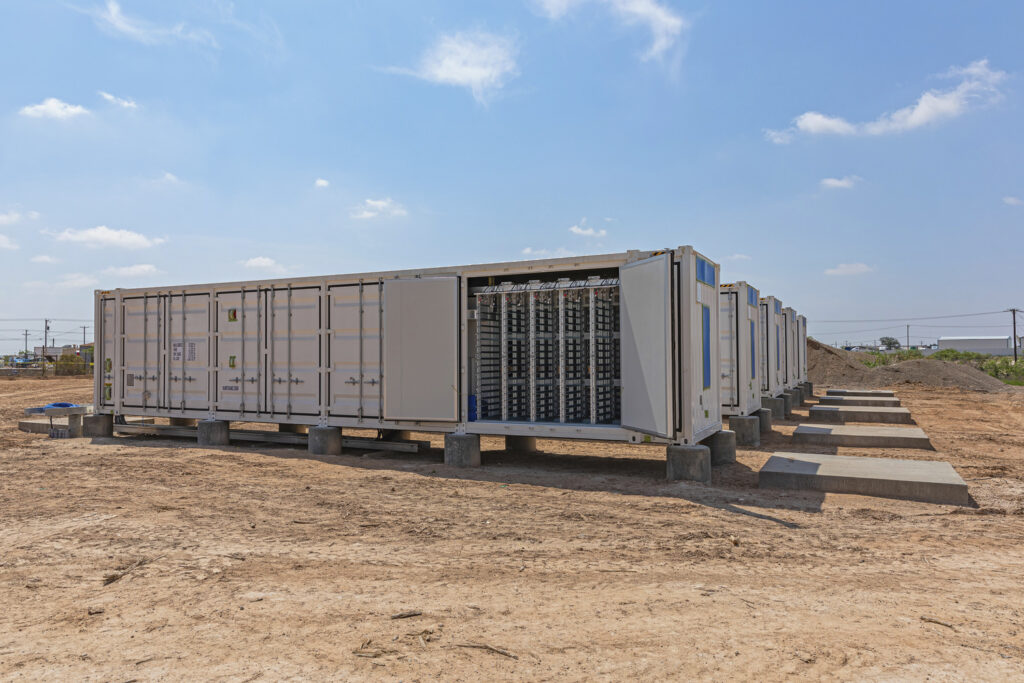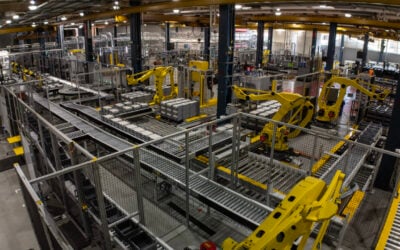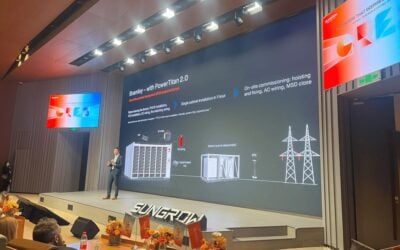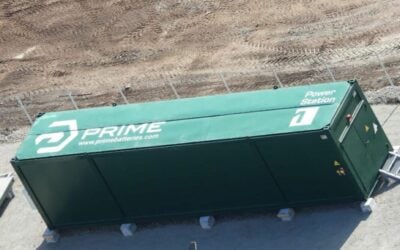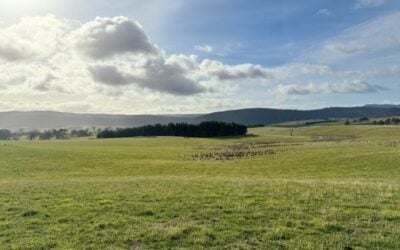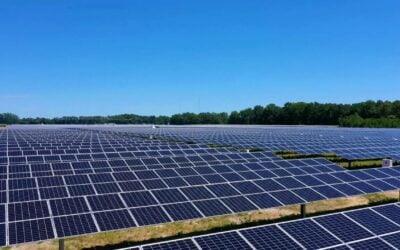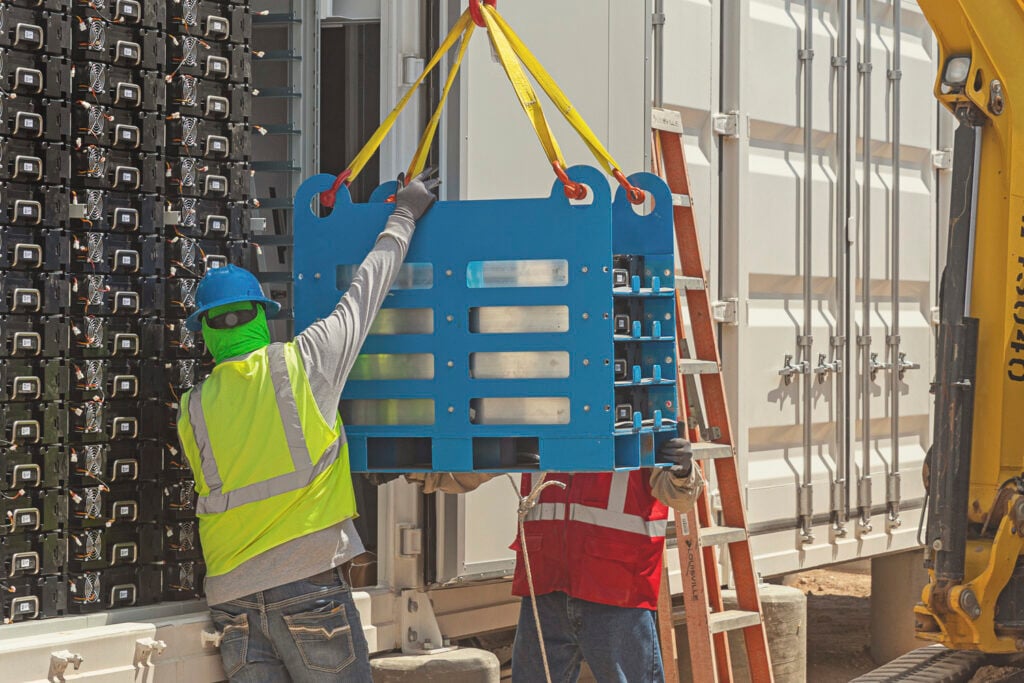
The engineering, procurement and construction (EPC) team at international construction firm Burns & McDonnell has brought online 60MWh of battery energy storage systems (BESS) in West Texas.
Construction, commissioning and the start of operations at the three projects, each of 10MW/20MWh output and capacity, took just five months. They were delivered on schedule, Burns & McDonnell said, despite volatile supply chain and logistics market dynamics.
Enjoy 12 months of exclusive analysis
- Regular insight and analysis of the industry’s biggest developments
- In-depth interviews with the industry’s leading figures
- Annual digital subscription to the PV Tech Power journal
- Discounts on Solar Media’s portfolio of events, in-person and virtual
Or continue reading this article for free
Not only that, but the region experienced an unusually rainy summer as construction went on, while the ongoing COVID-19 pandemic and its impacts, including congestion at ports and customs offices, added extra pressure.
As with the Moss Landing Energy Storage Facility in California — at 400MW/1,600MWh currently the world’s biggest BESS project and brought online last year — the battery module supplier was LG Energy Solution. Burns & McDonnell also worked on Moss Landing and said it worked closely with the battery company to coordinate project design as well as equipment and materials delivery on the Texas projects.
Automation controls platform technology from manufacturer Emerson’s Ovation brand was used for the integration of system components. The Ovation open-source software platform gives BESS owners and operators good visibility into the operation of their assets and makes system management simpler, according to the EPC.
Burns & McDonnell’s customers, sustainable investment private equity firm SER Capital Partners acquired the projects in 2020 and signed up LG as supplier. Sara Graziano, a partner at the investment firm stated at the time that the acquisition provided an “optimal path” for the company to “sustainably invest in Texas”.
“Battery energy storage projects are fast-paced and maintaining schedule was vital to getting the project online and providing Texas customers with reliable power,” Graziano, who is also SER’s investment committee chair, said this week.
“Having a battery provider with a deep understanding of their technology working together with an integrated EPC contractor who understands the system integration requirements was vital to this project being delivered on time.”
The three systems join a growing installed base of utility-scale, front-of-the-meter battery energy storage in Texas, which has over the past couple of years been one of the US’ two hottest markets for the technology, alongside California.
Burns & McDonnell said the 60MWh of standalone battery projects will support the grid and help balance out fluctuations in supply and demand. Wind and solar development in Texas has been quicker in West Texas than in much of the rest of the state. The batteries will not only help integrate that renewable energy generation but also provide much needed resiliency to energy supplies.
It is nearly a year on since Texas’ Winter Storm blackouts last February when energy prices soared and homes and businesses were left without power for days on end in freezing conditions.
Despite erroneous and sometimes bad faith media and political blame being placed on wind turbines, the vast majority of generators left unable to operate in the storm were thermal assets like natural gas and coal. The ability of renewable energy and batteries to keep the state powered is more important than ever.
Various staff from Burns & McDonnell contributed their views on the present and future energy storage market in our recent Year in Review 2021 blog series, talking about everything from technology and business trends to the markets and regions they thought would create the biggest opportunities for energy storage in 2022.
